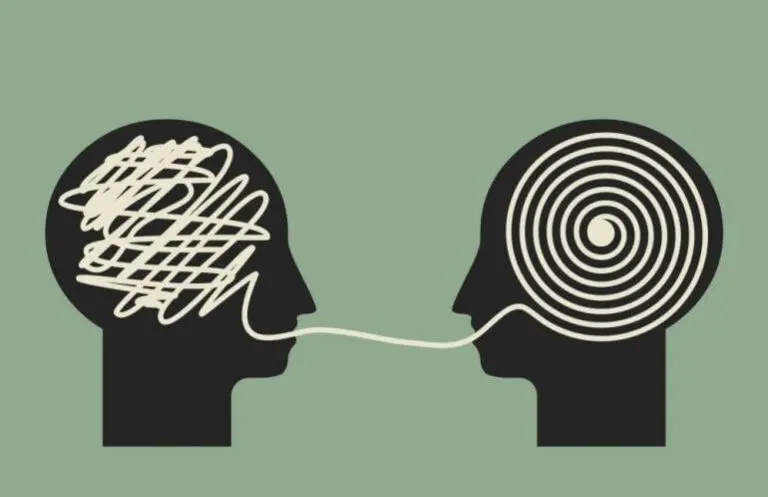Liraz Postan
Liraz is an International SEO and Content Expert with over 13 years of experience.


A back translation method allows you to compare translations with the original content for accuracy and quality.
Back translation is critical in maintaining accuracy when translating documents or files into multiple languages. This article explains what back translation is, who should use it and when to do back translation. It also details the back translation process, allowing you to understand why it is essential in language.
Back translation refers to a three-step translation quality-control process that entails translating a completed translation back to the original language while comparing and reconciling any differences in the meaning of the final translation versus the original text. Typically, back translation helps to determine whether a translation conveys the exact meaning of the source text.
Back translation involves taking translated content and asking an independent translator who has not interacted with the source text to translate it back to the original language. When back translating, people try to translate the content as literally as possible to maintain the accuracy of the message. Thus, final translations often seem artificial or unnaturally written.
The nature of language makes it impossible to obtain 100 percent similarity between the translated version and the original text. Nevertheless, back translation helps you identify ambiguities, errors, or confusion that arises from language nuances.
If you notice significant semantic differences between the original text and the back-translated version, consider reconciliation to determine whether the source is the forward or back translation.
Back translation and reconciliation services are essential for anyone with high-value content that they should publish in multiple languages. In some fields, back-translating content is necessary for meeting regulatory requirements, while others use back translation as a risk management tool. Typically, users of back translation include:
High-risk content such as clinical trial documents, financial reports, medical forms, operational instructions, scientific materials, contracts and legal instruments require back translation to avert potential consequences resulting from inaccuracy.
If you’re in a field where the back translation is a regulatory or legal requirement, you must do it when releasing or publishing any content. For instance, during clinical trials, most Institutional Review Boards and Ethics Committees require that all materials are back-translated to ensure accuracy and optimum quality.
Generally, back translation is necessary when accuracy is paramount in the translation process. Otherwise, this method of quality control assessment during translation might be costly and time-consuming without much benefit. In such cases, back translation might not be worth doing.
Back translation and reconciliation add quality checks to your translation process and ensures your content communicates the exact intended meaning regardless of the language.
Back translation and reconciliation are necessary For optimal quality assurance during translation, especially when dealing with high-risk, valuable multilingual translation projects. Sometimes, incorrect translation ruins projects leading to regulatory or legal ramifications with loss of time and money.
Instead of risking the severe consequences of mistranslation, we recommend adding these services upfront to your translation project. Have peace of mind, guaranteed accuracy and optimum quality assurance control for your multilingual translations by using back translation and reconciliation services today!
What our customers are saying